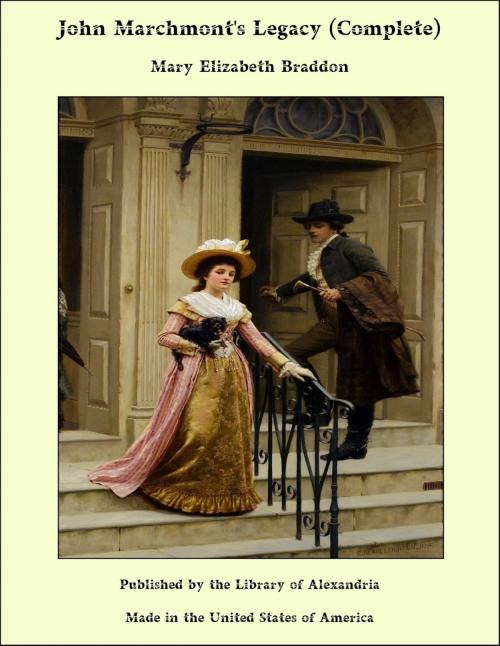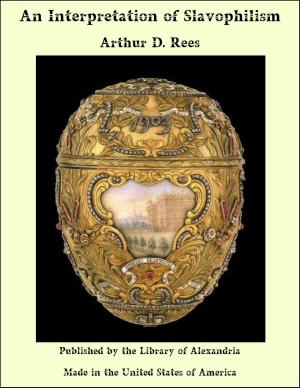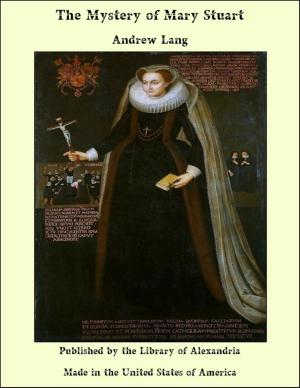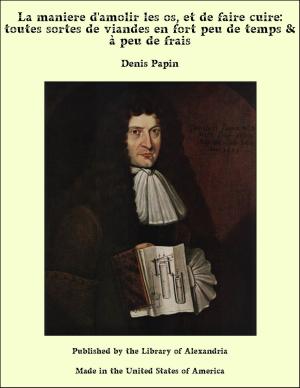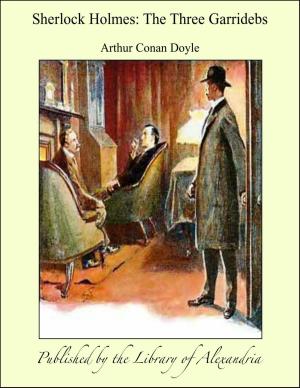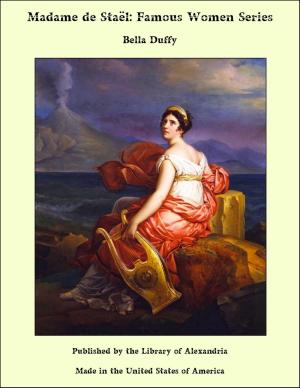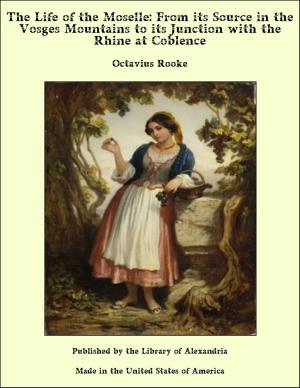John Marchmont's Legacy (Complete)
Nonfiction, Religion & Spirituality, New Age, History, Fiction & Literature| Author: | Mary Elizabeth Braddon | ISBN: | 9781465541574 |
| Publisher: | Library of Alexandria | Publication: | March 8, 2015 |
| Imprint: | Language: | English |
| Author: | Mary Elizabeth Braddon |
| ISBN: | 9781465541574 |
| Publisher: | Library of Alexandria |
| Publication: | March 8, 2015 |
| Imprint: | |
| Language: | English |
The history of Edward Arundel, second son of Christopher Arundel Dangerfield Arundel, of Dangerfield Park, Devonshire, began on a certain dark winter's night upon which the lad, still a schoolboy, went with his cousin, Martin Mostyn, to witness a blankverse tragedy at one of the London theatres. There are few men who, looking back at the long story of their lives, cannot point to one page in the record of the past at which the actual history of life began. The page may come in the very middle of the book, perhaps; perhaps almost at the end. But let it come where it will, it is, after all, only the actual commencement. At an appointed hour in man's existence, the overture which has been going on ever since he was born is brought to a sudden close by the sharp vibration of the prompter's signalbell; the curtain rises, and the drama of life begins. Very insignificant sometimes are the first scenes of the play,commonplace, trite, wearisome; but watch them closely, and interwoven with every word, dimly recognisable in every action, may be seen the awful hand of Destiny. The story has begun: already we, the spectators, can make vague guesses at the plot, and predicate the solemn climax; it is only the actors who are ignorant of the meaning of their several parts, and who are stupidly reckless of the obvious catastrophe. The story of young Arundel's life began when he was a lighthearted, heedless lad of seventeen, newly escaped for a brief interval from the care of his pastors and masters. The lad had come to London on a Christmas visit to his father's sister, a worldlyminded widow, with a great many sons and daughters, and an income only large enough to enable her to keep up the appearances of wealth essential to the family pride of one of the Arundels of Dangerfield. Laura Arundel had married a Colonel Mostyn, of the East India Company's service, and had returned from India after a wandering life of some years, leaving her dead husband behind her, and bringing away with her five daughters and three sons, most of whom had been born under canvas.
The history of Edward Arundel, second son of Christopher Arundel Dangerfield Arundel, of Dangerfield Park, Devonshire, began on a certain dark winter's night upon which the lad, still a schoolboy, went with his cousin, Martin Mostyn, to witness a blankverse tragedy at one of the London theatres. There are few men who, looking back at the long story of their lives, cannot point to one page in the record of the past at which the actual history of life began. The page may come in the very middle of the book, perhaps; perhaps almost at the end. But let it come where it will, it is, after all, only the actual commencement. At an appointed hour in man's existence, the overture which has been going on ever since he was born is brought to a sudden close by the sharp vibration of the prompter's signalbell; the curtain rises, and the drama of life begins. Very insignificant sometimes are the first scenes of the play,commonplace, trite, wearisome; but watch them closely, and interwoven with every word, dimly recognisable in every action, may be seen the awful hand of Destiny. The story has begun: already we, the spectators, can make vague guesses at the plot, and predicate the solemn climax; it is only the actors who are ignorant of the meaning of their several parts, and who are stupidly reckless of the obvious catastrophe. The story of young Arundel's life began when he was a lighthearted, heedless lad of seventeen, newly escaped for a brief interval from the care of his pastors and masters. The lad had come to London on a Christmas visit to his father's sister, a worldlyminded widow, with a great many sons and daughters, and an income only large enough to enable her to keep up the appearances of wealth essential to the family pride of one of the Arundels of Dangerfield. Laura Arundel had married a Colonel Mostyn, of the East India Company's service, and had returned from India after a wandering life of some years, leaving her dead husband behind her, and bringing away with her five daughters and three sons, most of whom had been born under canvas.
